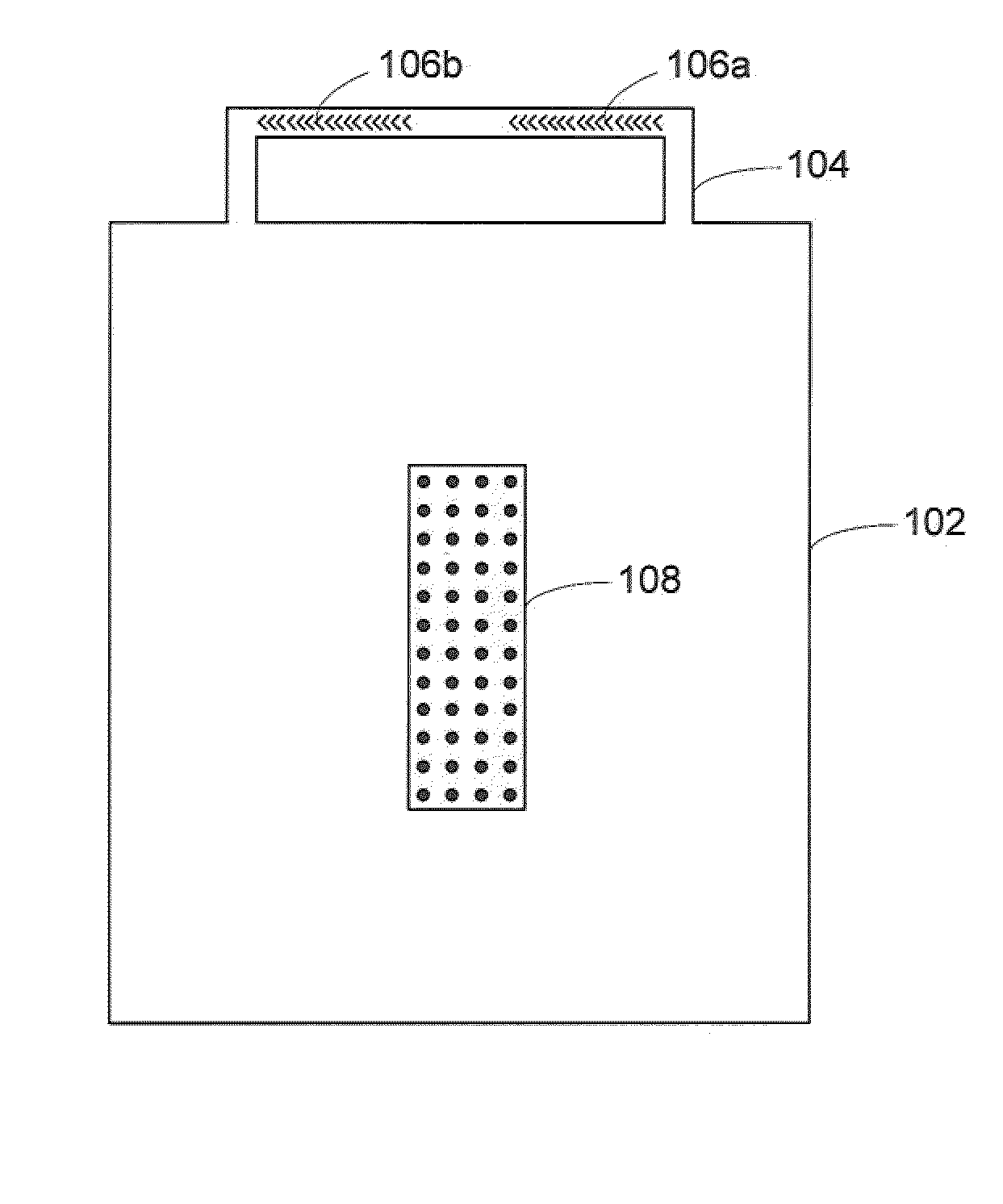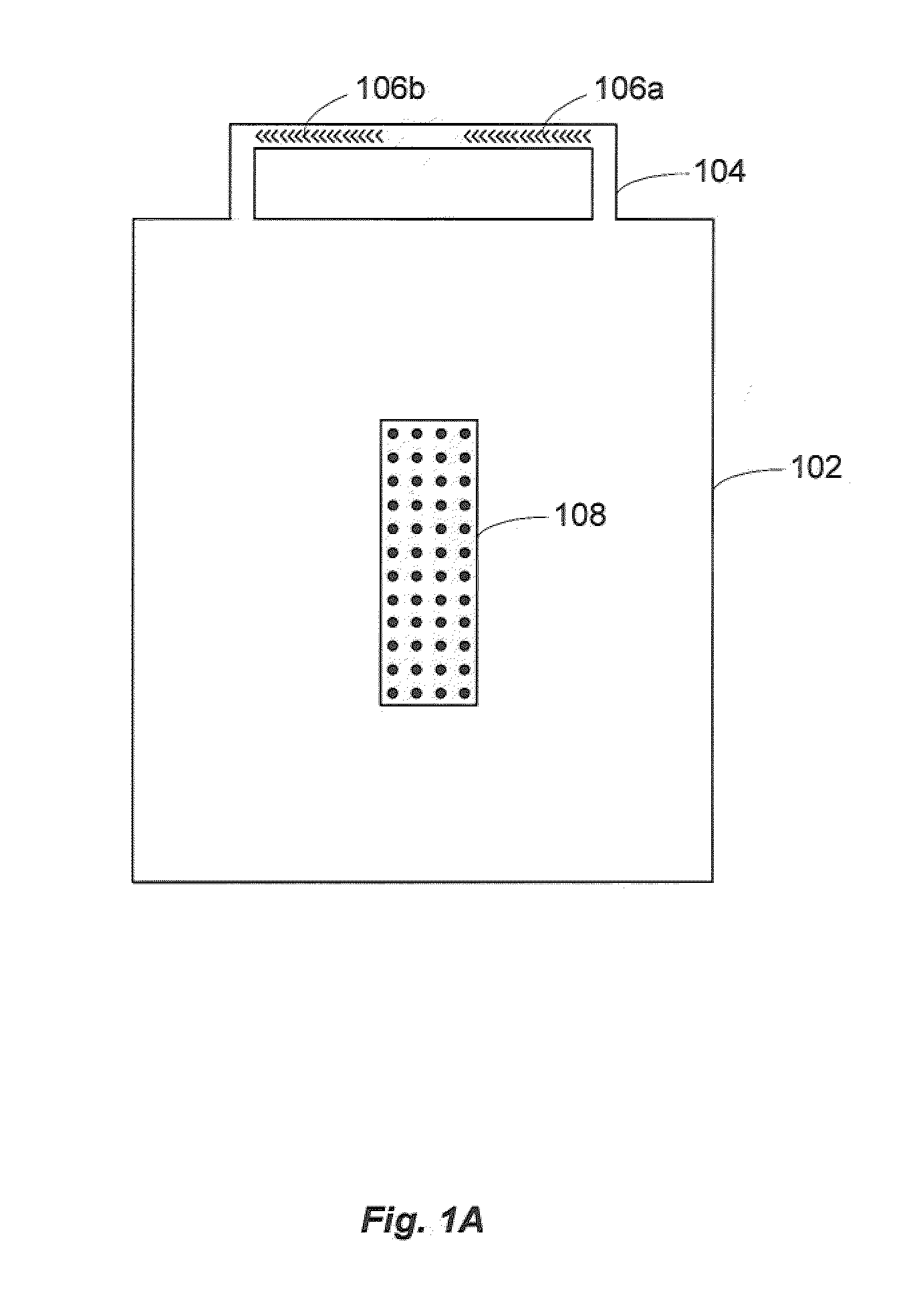Microfluidic Chaotic Mixing Systems And Methods
a mixing system and microfluidic technology, applied in the field of microfluidic chaotic mixing system and methods, can solve the problems of inefficient, non-well-mixed regions, and limited number of spots per chip so far, and achieve the effect of detecting less than 100 spots per chip, and reducing the number of spots
- Summary
- Abstract
- Description
- Claims
- Application Information
AI Technical Summary
Benefits of technology
Problems solved by technology
Method used
Image
Examples
Embodiment Construction
[0025]Microfluidic chaotic mixing systems, devices and methods are described that enhance the mixing efficiency of analyte solutions. By allowing analyte solutions to mix in shorter periods of time, the analytes in solution can contact, bind with and otherwise react with receptor sites (as well as other analytes) in less time. For example, the experimental results described below demonstrate that microfluidic chaotic mixing can enhance hybridization signals of cDNA molecules 3 to 8 fold by introducing lateral mixing, facilitating the delivery of the molecules, and increasing the molar hybridization events. This has improved the detection limit of DNA microarray experiments by nearly one order of magnitude. The time-consuming step of the conventional method has been reduced to 2 hours using embodiments of systems and methods according to the present invention.
[0026]The chaotic mixing systems may be disposable, and compatible with home-spotted or commercial high density microarray sli...
PUM
| Property | Measurement | Unit |
|---|---|---|
| size | aaaaa | aaaaa |
| length | aaaaa | aaaaa |
| time | aaaaa | aaaaa |
Abstract
Description
Claims
Application Information
 Login to View More
Login to View More - R&D
- Intellectual Property
- Life Sciences
- Materials
- Tech Scout
- Unparalleled Data Quality
- Higher Quality Content
- 60% Fewer Hallucinations
Browse by: Latest US Patents, China's latest patents, Technical Efficacy Thesaurus, Application Domain, Technology Topic, Popular Technical Reports.
© 2025 PatSnap. All rights reserved.Legal|Privacy policy|Modern Slavery Act Transparency Statement|Sitemap|About US| Contact US: help@patsnap.com



